People have argued that name games are just an excuse to let kids get chatty. That it becomes more of a social or party than a learning environment. Or it leads to students being silent and the teacher doing all of the talking.
I can't disagree with this. Team building, ice breakers, and all of the activities that teachers (or groups) use to build cohesion can lead to a disaster. Like ANY good lesson, they have to be well planned and executed with clear objectives and structure.
One of the 'classic' name games goes something like this: Everyone stand in a big circle. OK, now we're going to do a name game. You say your name and one thing you like. Then the next person has to say their name and what they like and then YOUR name and what you like. This continues on until the 25th person has to say everyone's name in the circle. Then you smile and look at the student that is in space twenty-five.
I feel you, kitty!
1) Limited engagement. If I go third, I have to remember a total of two names... Then I'm off for the next twenty two rounds. I don't have to say another thing for the rest of the activity.
2) Stress inducing. The goal any good ice breaker is to lower students' affective filter. This does just the opposite. Students that go early become bored. Students that go later are panicked they have to remember dozens of names.
3) So much wasted time! Students spend almost the entire activity standing (or sitting) and doing absolutely nothing else engaging. Seriously. Twenty-two rounds of doing nothing.
Some may say "well it teaches them to pay attention and learn the names so they are ready when it is their turn." I say it teaches them that as a teacher, I'm willing to let a student fail on the very first day of class... in front of everyone.
I am a huge fan of building community. With my background in both Outward Bound and Expeditionary Learning and I know the importance of having students build relationships with each other as well as with adults. Students should feel welcome on the first day. They need to learn that it is an emotionally safe environment.
Tuckman's Stages of Group Development
Protocol: I have... (a modified version of 'have you ever...")
Procedure:
Students stand in a circle around a center point (I'll often use polyspots to mark the center and outside points)
- The person in the center (usually the adult to start) introduces him/herself
- "Hi, my name is Mr. Taylor"
- The group greets the person by name
- "Good morning, Mr. Taylor"
- "Hey, Mr. Taylor"
- "What's up, Mr. Taylor"
- The center person says, "good morning group" and says something that they "have" (I often use these examples when giving the rules so students have an idea on how they can get creative with the 'have' - that it doesn't have to be something 'physical')
- "I have a cat"
- "I have eaten pizza"
- "I have a love for math"
- "I have gone on looping roller coasters"
- "I have an addiction to twitter"
- From there anyone on the outside of the circle that also "has" that statement comes to the center and high-fives everyone that is in the center.
- Anyone on the outside says "nope not me!" and high fives someone on the outside.
- After high fives are exchanged, everyone then finds a DIFFERENT spot.
- Play is repeated until everyone has been in the center at least once.
Five reasons I like this activity:
- Everyone participates in each round. Even if you don't "have" you still get to high five
- Everyone get to share a tidbit about themselves on their own level.
- Everyone greets each other by name. Greetings are so key to building community!
- Everyone is constantly moving - standing in different spots and next to different people
- Students get to see what they have in common with someone else - great way to make connections.
About half-way through the activity I will stop and have them look to their left and right. From there I'll ask them to give me a thumbs up if they know the names of the person on either side. Depending on the atmosphere I may have them do a quick handshake/fistbump and introduce themselves.
Remember, though, ice breakers are JUST THAT! They break the top of the iceberg; they don't uncover the entire thing! Students aren't going to learn everything about everyone in one activity, and they won't remember everyone's name after one game, but it is important to let them feel more comfortable to do so as the week and year progresses.
What games do you enjoy doing on your first day? What games would you like me to discuss in the future?



Cool! I read your team building series backwards, but, I really like this one. I think it could transfer really well to different ages. (I'm thinking a group of 3rd graders.) How do you think the Hover Hoop one would go over with a group of scouts that age?
ReplyDeleteI've done helium hoop with groups of kids as young as 2nd grade. Keep it fun and light and just keep in mind what your goals for the group are!
ReplyDelete